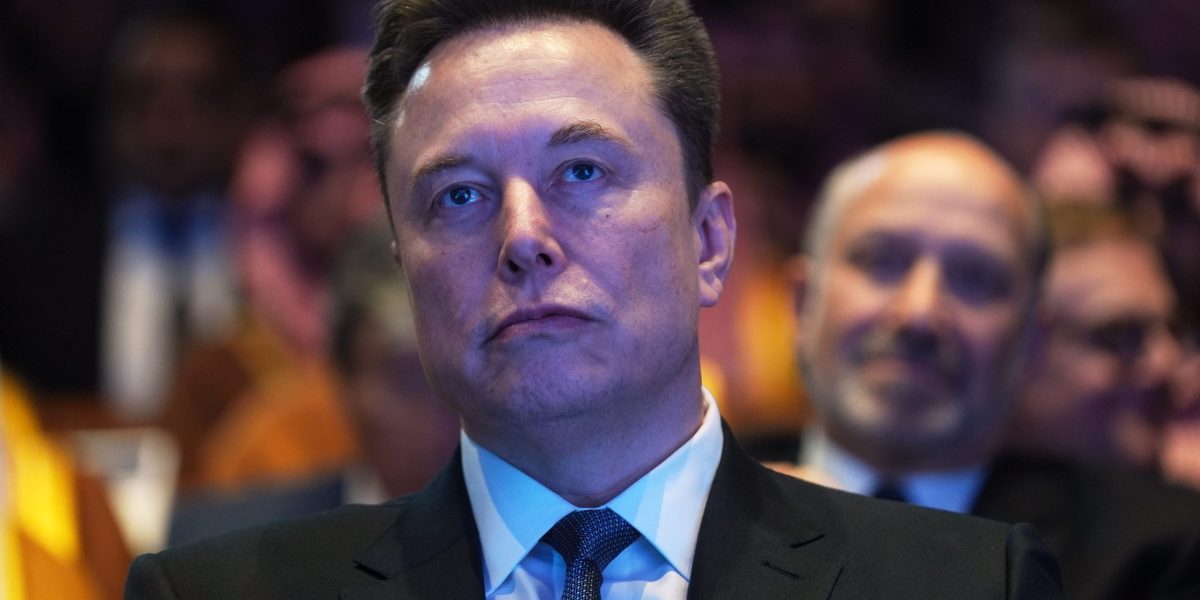Swiss firm Delvitech secured €34.5M in a Series B investment round. to make electronics manufacturing faster and more accurate.
Contentlockr
Rancate, Switzerland-based Delvitech, a company that develops AI-native solutions for automated optical inspection in electronics manufacturing, has secured $40M (approximately €34.5M) in a Series B investment round.
The round was led by EGS Beteiligungen (EGSB), the Investment Company of the Ernst Göhner Foundation, together with CREADD Ventures, and joined by several prominent European private investors.
With a projected 400 per cent growth by the end of 2025, the Swiss company will use the funds to grow and expand its presence in India.
It plans to open a manufacturing facility there in 2026, with a goal of producing more than 200 machines each month by 2030.
Delvitech: 3D Automated Optical Inspection (AOI)
Founded by Roberto Gatti, Delvitech designs, manufactures and supplies a sustainable AI-based technological solution for the 3D automated optical inspection of assembled printed circuit boards.
Their technology combines advanced neural networks with flexible hardware to provide accurate inspections for challenging materials like clear adhesives, micro-pitch connectors, and plastic components used in printed circuit boards (PCBs).
By using self-learning algorithms, the company’s platform minimises the need for manual programming and enhances both accuracy and speed.
The company is on a mission to transform the optical inspection industry through an innovative, adaptable, and eco-friendly solution that enhances efficiency and cost-effectiveness while minimising raw material waste and CO2 emissions.
Beyond electronics assembly, the Swiss firm is expanding into microelectronics and chiplet inspection, reports Deeptechnation.
Roberto Gatti, Founder and CEO of Delvitech, states, “We have developed a future-proof neural network architecture for an AI-native platform. Our flexible and agnostic system is applicable across multiple markets and industries. Thanks to our proprietary predictive technology, we are shifting from error detection to error prevention in optical inspection.”






















